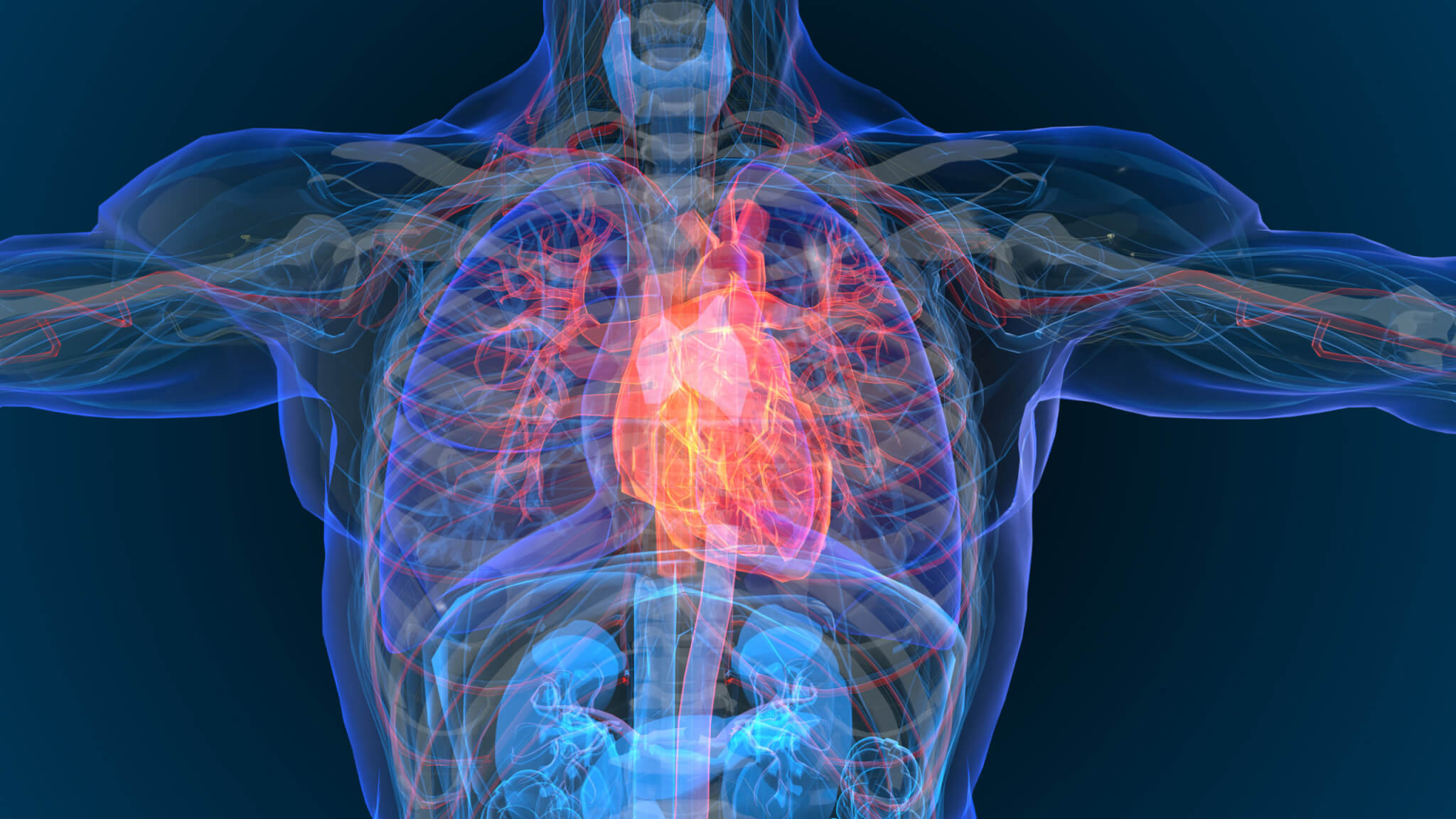RIVERSIDE, Calif. — Exposure to everyday environmental chemicals, including common plastics, can predispose parents and even their children to cardiovascular disease. Scientists at the University of California-Riverside have found a connection between these chemicals to an elevated risk of heart diseases.
Changcheng Zhou, a professor of biomedical sciences at UC Riverside, is taking steps to dig deeper into this concerning link. The primary aim is to scrutinize how certain gene interactions with chemicals known as endocrine-disrupting chemicals (EDCs) can intensify heart disease risks.
How can EDCs damage your body?
EDCs are chemicals that can mimic, block, or interfere with the natural hormones in our bodies. They have a range of known adverse effects, including disruptions in reproduction, immune system functions, and even the nervous system. Some EDCs have also been linked to increased cancer risks. You might find these EDCs in many everyday items including:
- Some plastics
- Pesticides
- Industrial solvents
- Certain food items
One of the heart diseases linked with EDC exposure is atherosclerosis. This condition involves a slow buildup of various substances, such as fats and cholesterol, on the walls of our arteries. This accumulation leads to hardening and narrowing of the arteries, which usually requires treatments ranging from lifestyle changes to surgeries.
“I am humbled and honored to receive the NIEHS RIVER grant, which provides the flexible and long-term support my research program needs to conduct innovative and impactful research in an area of crucial importance to the NIEHS mission,” says Zhou in a university release.
“We expect the research this grant supports will contribute to the understanding of gene-EDC interactions in predisposing individuals and their children to CVD. We will explore how chemicals in common plastics and household products can act as EDCs, singly and in mixtures, and whether microplastics can act as Trojan horses, ferrying EDCs into the body to develop atherosclerosis.”

Zhou’s earlier findings revealed many EDCs activate a specific cell sensor known as the pregnane X receptor (PXR). This sensor identifies foreign chemicals in the body and plays a part in controlling atherosclerosis development. With the new grant, Zhou plans to explore how EDCs interact with PXR to induce atherosclerosis.
“Using a mouse model, we will look particularly at circulating cholesterol and ceramide lipids and how PXR regulates them to affect atherosclerosis development,” explains Zhou. “We will also explore whether male mice’s exposure to EDCs can cause PXR to alter their sperm in a way that increases CVD risk in their offspring. We hope this research will help establish a novel therapeutic target for chemical-induced CVD.”
Zhou’s laboratory was the first to discover PXR’s unique role in controlling atherosclerosis, showing that common EDCs could accelerate the disease via PXR signaling.
Scientists believe the findings could revolutionize our understanding of many chronic human ailments resulting from the effects of chemicals over generations.
“Influences of the chemical environment on human health have become the subject of intense interest but very few studies in the EDC research field have focused on atherosclerosis development,” notes Zhou. “Besides establishing a novel therapeutic target for chemical-induced cardiovascular disease our findings from this research have the potential to revolutionize our understanding of the etiology of many chronic human diseases originating from chemical-elicited intergenerational effects.”
You might also be interested in:
- Thousands of unknown chemicals discovered in e-cigarettes
- Dozens of ‘mystery chemicals’ never reported before discovered inside people
- Over 100 harmful chemicals found in children’s plastic toys

